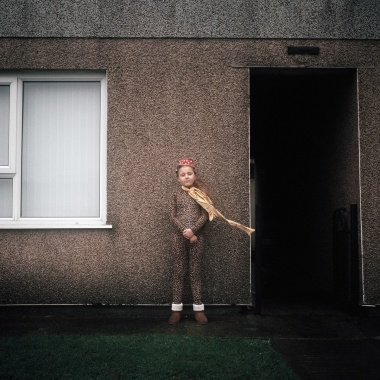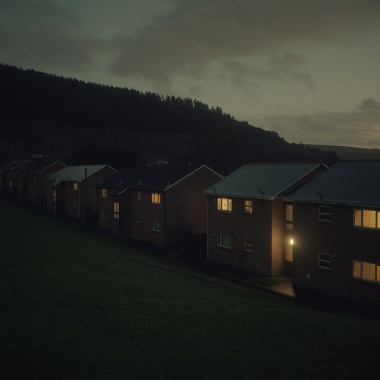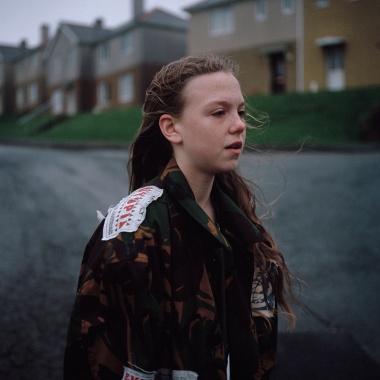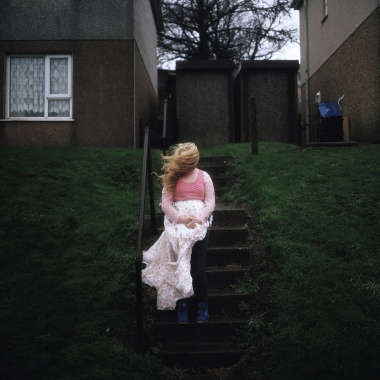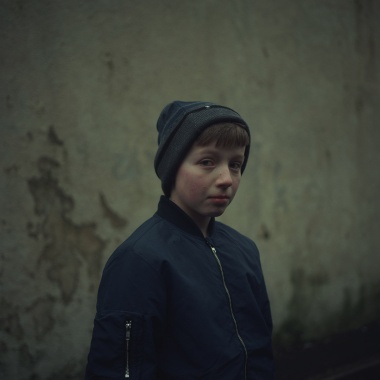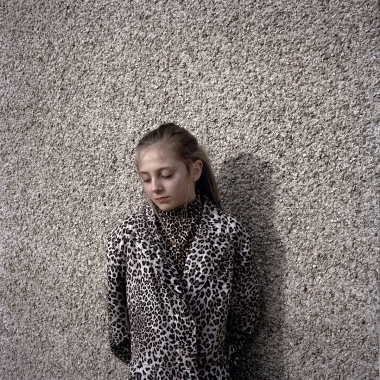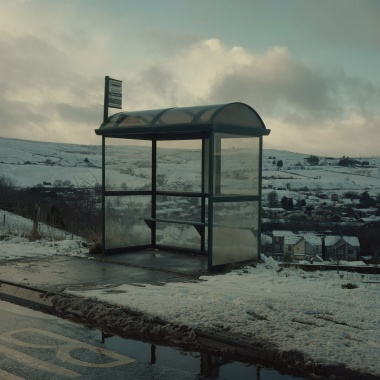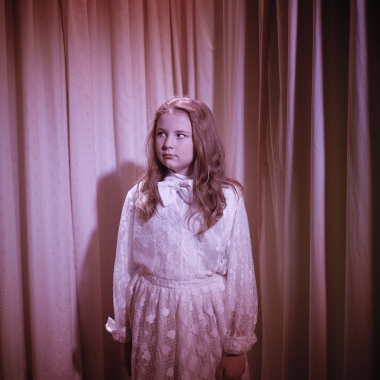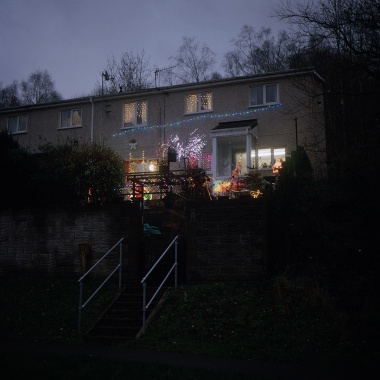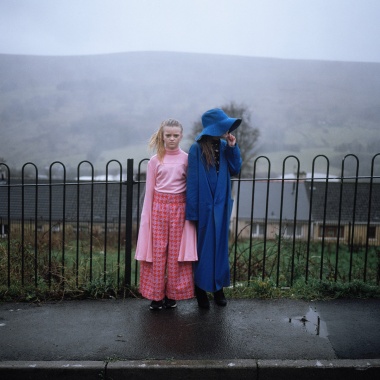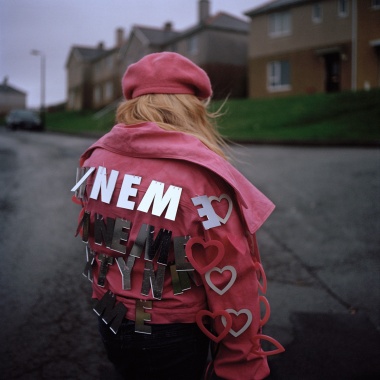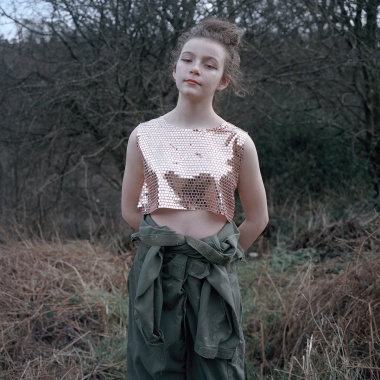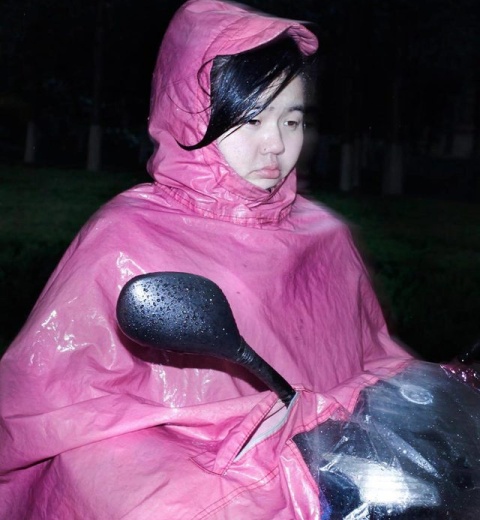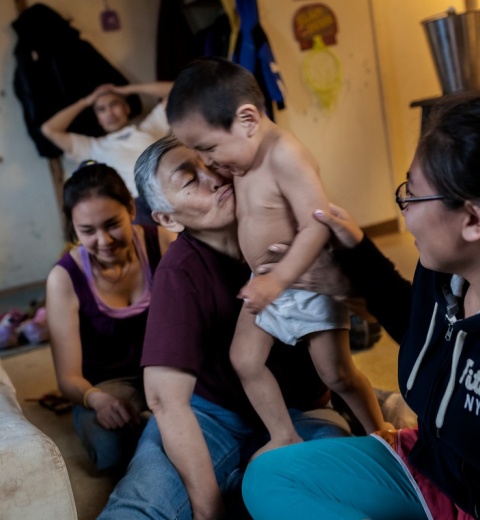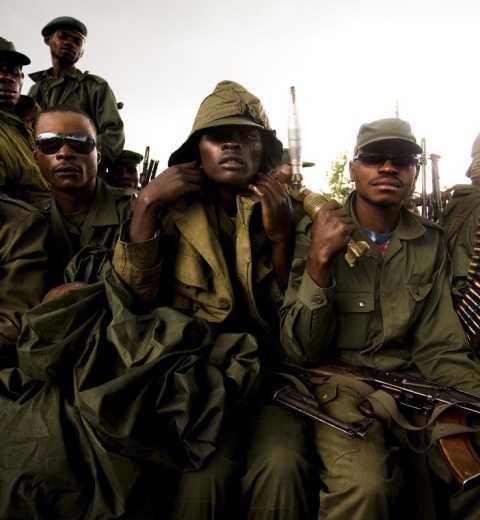Clémentine Schneidermann – The Unbearable, the Sadness and the Rest, Newcomer 2016
The French photographer, winner of the LOBA Newcomer Award 2016, has nurtured a relationship with Wales for many years. This is where she produced her series that intrinsically combines documentary, portrait and fashion photography.
South Wales is a typical deindustrialised zone. How do you go about finding new photographic perspectives for a region that is otherwise only known for its many problems? This was the question that Clémentine Schneidermann asked herself, after being chosen as the first recipient of the newly-established Photographer in Residence programme of the county of Blaenau Gwent, in the south-east of Wales. To a large degree as a result of a BBC article titled “The Unbearable Sadness of the Welsh Valleys”, that documented the tough living conditions in the area, Schneidermann decided to look for some alternative answers.
“I became interested in the children growing up in this environment and wanted to document what it’s like to grow up there.”
Like a number of other regions in the UK, Blaenau Gwent is suffering from the aftermath of the demise of heavy industry. This protracted process has continued over many decades, but with the closure of the last mines twenty years ago, many villages and towns have fallen into a state of deep desolation. Jobs and prospects are in short supply, and many people have moved away from the South Wales valleys. While acknowledging the harsh reality, Schneidermann developed a creative approach for her photographic work. During her ten-month stay she intensified her connections to the locals and further developed her series. “My work evokes an imaginative space for considering how the people of the Welsh valleys may be represented, against the oppressive backdrop of a culture defined almost exclusively by the heroic failings of its industrial past.”
“With both a magical spirit and visual complexity, I am looking for a new way to represent these communities.”
During her explorations of everyday life and the living conditions in the area around the villages of Coed Cae, Abertillery and Swffryd, Schneidermann concentrated on working with children who are particularly affected by the poverty. “I set up makeshift studios in community centres and council estates where I invited children to take part in this low-budget fashion shoot. I wanted to show them something they were not familiar with: creativity. I didn’t only want to photograph them, but also to teach them things about photography, fashion, etc.”
“It is important to me that the work is not only seen within the photography world but also by the people I photographed.”
Schneidermann then photographed the dressed-up children – who had been prepared for the shoot by a stylist – in the streets and in front of the houses in specific locations. She also included a few still lifes as part of the series. The outcome surprised more than just the participants and observers who were there: equally surprised were many of those who only look at the region with a degree of prejudice. “I wanted to find beauty and try to show this area in a different way.” Using fun and humour, she managed to rebuild self-confidence in more than just the protagonists of the fancy-dress show. “In a playful way, I invite the viewer to reconsider these often stigmatized places.”
(Text updated 2020)
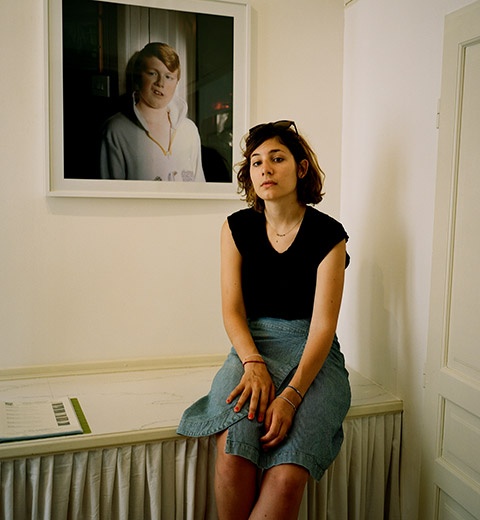
Clémentine Schneidermann
Born in Paris in 1991, Schneidermann discovered photography on the streets of Paris at the age of 16. From 2009 to 2012 she studied photography at the Centre d’enseignement professionnel de Vevey in Switzerland. Between 2012 and 2014 she completed a Masters Degree in Documentary Photography at the University of Wales in Newport. In 2018 she released “I Called her Lisa Marie” at Chose Commune and in 2020 “Sete#2020” was published by Le Bec en l’air. Schneidermann lives in Wales.
